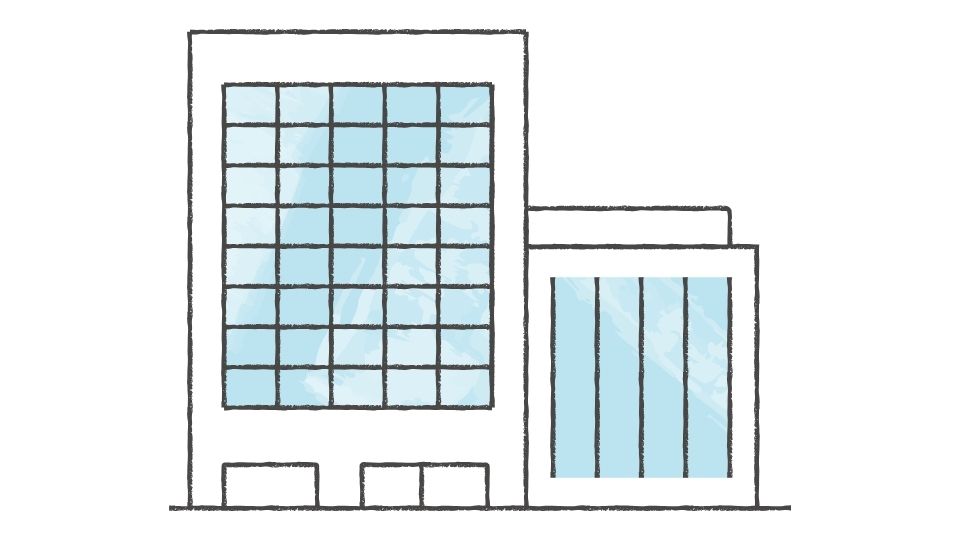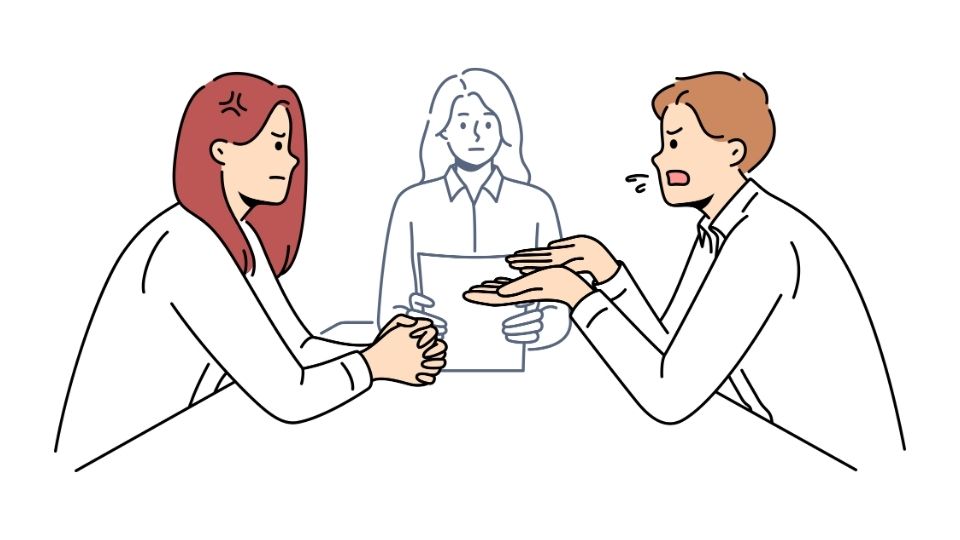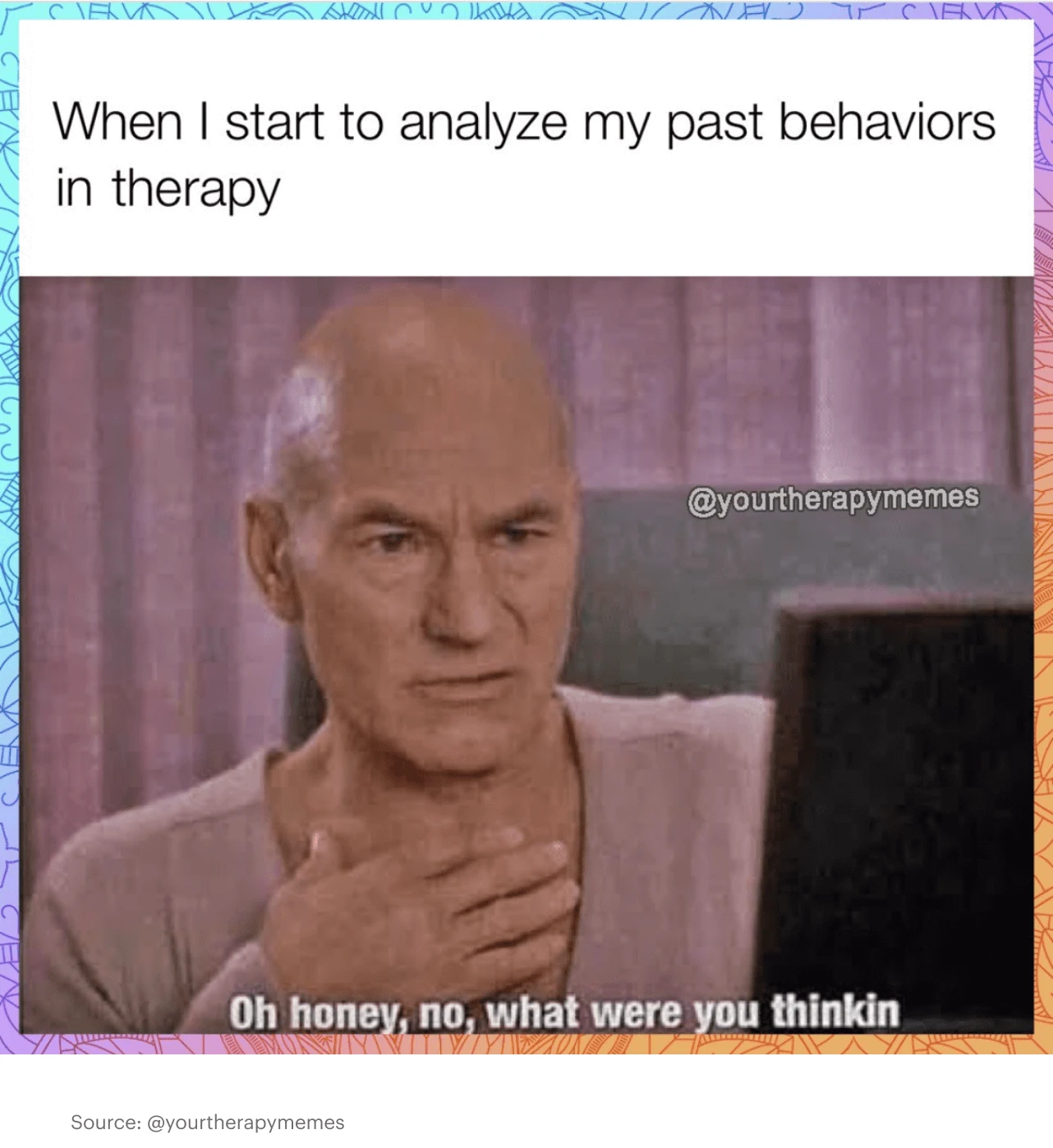Inside Today’s Most Impactful Health Equity Initiatives

Why Health Equity Matters (And How We’re Actually Making Progress)
Ever felt like the healthcare system wasn’t built for you? You’re not alone.
Whether it’s the single mom who can’t get time off work for a doctor’s appointment, the rural family driving 2 hours to the nearest specialist, or communities of color facing unconscious bias in treatment – health equity challenges are everywhere.
But here’s the good news: in 2025, health equity isn’t just talk anymore. Health systems are moving from lofty promises to actual action plans that work.
Let’s dive into what’s happening, what’s working, and why addressing health equity isn’t just the right thing to do – it’s actually smart business for healthcare organizations.
Skip ahead:
- What exactly is health equity?
- Key themes shaping health equity in 2025
- Real programs making a difference
- Tools and resources that actually help
- The business case for health equity
What Health Equity Really Means (Beyond The Buzzwords)
Health equity means everyone gets a fair shot at being healthy, regardless of their race, income, zip code, or any other factor.
It’s about removing the obstacles that some groups face more than others – like poverty, discrimination, unsafe neighborhoods, and lack of access to quality healthcare, education, and jobs.
The cool thing about 2025’s approach? Health systems are getting way more practical. Instead of vague promises to “address disparities,” they’re implementing specific, measurable interventions that target the unique needs of different populations.
As Kaiser Family Foundation research shows, health equity isn’t just about treating everyone the same – it’s about providing different levels of support based on need to achieve equal outcomes.
Key Themes Driving Health Equity In 2025

1. It’s Not Just About Race Anymore
While racial and ethnic disparities remain crucial, health equity initiatives in 2025 have expanded to include:
- Age-related barriers
- Geographic challenges (urban vs. rural)
- Disability status
- Socioeconomic factors
- Chronic disease management
This comprehensive approach helps identify unmet needs across more diverse patient populations.
2. Prevention Is The New Intervention
Preventive care is becoming the cornerstone of health equity work.
Why? Because prevention improves outcomes, reduces complications, and lowers costs – benefits that disproportionately help vulnerable populations who often enter healthcare systems in crisis.
Medicare’s Advanced Primary Care Management program now includes standardized Social Determinants of Health risk assessments – reimbursed at 100% with no cost to patients. This makes early detection and care coordination more accessible to those who need it most.
3. Addressing Life Beyond The Doctor’s Office
You can prescribe all the medicine you want, but if someone doesn’t have food, safe housing, or transportation to appointments, good luck seeing results.
That’s why programs like Community Health Integration focus on supporting caregivers and addressing patients’ social needs. According to the American Hospital Association, these factors account for up to 80% of health outcomes.
Innovative Health Equity Programs That Actually Work

Mobile Clinics Bringing Care To The People
The Plan A Health Clinics Program tackles healthcare deserts by bringing services directly to underserved communities.
These mobile clinics offer:
- Primary care screenings
- Cancer screenings
- HIV testing
- Family planning services
All regardless of insurance status.
What makes them successful? They pair medical services with community health workers who provide navigation and education, enhancing diagnosis and treatment adherence.
Youth Programs Fighting Food Insecurity
Programs like YouthGROW (Youth Growing Organics) are addressing food insecurity while building leadership skills among teens in underserved neighborhoods.
This initiative:
- Provides nutritious food to communities
- Teaches hands-on agricultural skills
- Develops youth leadership
- Creates community engagement opportunities
It’s a win-win approach that addresses immediate needs while building long-term community resilience.
Specialized Clinics For Marginalized Groups
LGBTQIA+ Pop Out Clinics serve hyper-marginalized groups including transgender individuals, sex workers, and survivors of trafficking.
These clinics focus on:
- De-stigmatization
- Holistic wellness services
- Community empowerment
- Addressing overlapping identities and systemic barriers
The National LGBTQ+ Health Education Center has documented how these specialized approaches significantly improve care engagement and outcomes.
Creative Hospital-Based Programs
Health systems are implementing innovative strategies:
- Boston Medical Center’s “StreetCred” program helps low-income families with tax filing to claim refunds and benefits
- Sanford Health provides incentives for pregnant women with low income, distributing health supplies and encouraging healthy behaviors
- “Be Well Fox Valley” in Wisconsin combines health, community, and philanthropy resources to offer free healthy meals and chronic disease management
- Memorial Hermann’s physical activity programs improve children’s access to safe recreational spaces
Tools Making Health Equity Work Easier
The Massachusetts Health Equity Initiative Inventory is an absolute game-changer – an interactive resource cataloging over 140 programs targeting health disparities.
Users can sort initiatives by:
- Clinical focus
- Population served
- Region
- Funding sources
- Implementing entities
This enables better cross-system learning and scaling of promising practices. As Health Affairs research shows, this kind of systematic knowledge sharing is essential to accelerate progress.
The Business Case For Health Equity (It’s Not Just About Being Nice)

Beyond the moral imperative, health equity is increasingly essential to the success of health systems.
Health equity initiatives can:
- Attract and retain a diverse workforce that reflects community demographics
- Enhance consumer trust and loyalty
- Open new growth avenues in previously underserved markets
- Reduce costly emergency care by addressing problems earlier
In other words, health equity isn’t just the right thing to do – it’s becoming a core business strategy.
The Commonwealth Fund has extensively documented how addressing disparities can create win-win scenarios for both healthcare organizations and the communities they serve.
The Bottom Line

Health equity in 2025 is about practical action, not just talk. Programs ranging from mobile clinics to youth empowerment in food insecurity zones to incentive-based health improvement for vulnerable populations are making real differences.
The best initiatives combine medical care with addressing social needs, engage directly with communities, and measure their impact in concrete ways.
Whether you’re a healthcare leader, community advocate, or just someone who cares about fairness, there’s a role for you in advancing health equity.
Because ultimately, a healthcare system that works for everyone isn’t just more fair – it’s more effective, more efficient, and better for all of us.

